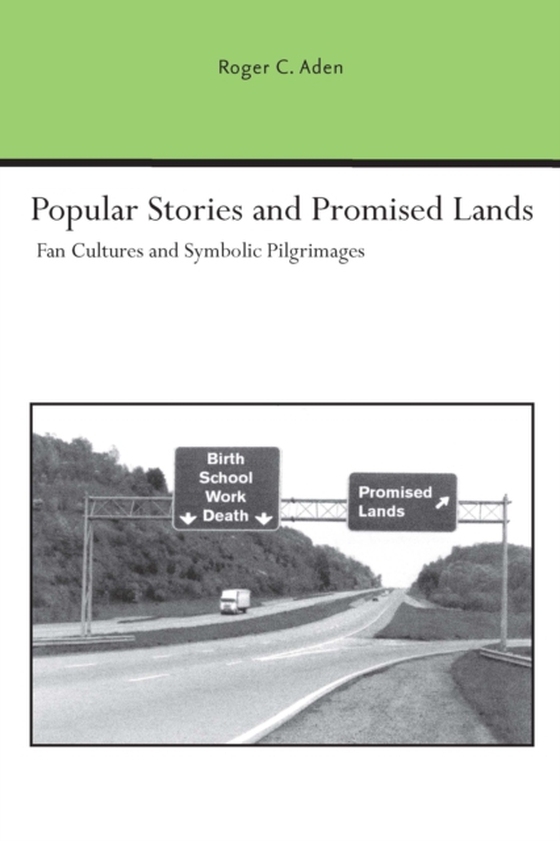
Popular Stories and Promised Lands e-bog
436,85 DKK
(inkl. moms 546,06 DKK)
A conversation about who we are, where we've been, and where we might be going Popular Stories and Promised Lands enters a conversation about who we are, where we've been, and where we might be going by suggesting that possible answers to those questions can be found in the popular stories we encounter at the movies, on television, in popular magazines, and even on the funny pages.As count...
E-bog
436,85 DKK
Forlag
University Alabama Press
Udgivet
30 august 2016
Længde
304 sider
Genrer
1KBB
Sprog
English
Format
epub
Beskyttelse
LCP
ISBN
9780817391256
A conversation about who we are, where we've been, and where we might be going Popular Stories and Promised Lands enters a conversation about who we are, where we've been, and where we might be going by suggesting that possible answers to those questions can be found in the popular stories we encounter at the movies, on television, in popular magazines, and even on the funny pages.As countless scholars and popular writers have noted, those of us living in the United States find ourselves at a cultural crossroads. We are increasingly aware that the stories that once permeated life in these United States, stories that tell us that social and economic progress comes from working hard, that everyone has an equal opportunity to experience such progress, do not resonate to the degree they once did. Because many Americans have traditionally defined themselves, others, and their unique sense of place through these stories, we find ourselves displaced socially, economically, politically, and/or culturally.So, Roger Aden says, we go to places of our own making. Fans of the television series The X-Files return to the Funhouse each week for a dose of frightening fun. Fans of the weekly magazine Sports Illustrated play in the American Elysian Fields where democratic efforts at balancing work and play are valued. Fans of the movie Field of Dreams work as altruistic producers in an alternative garden spot.Grounded in the author's own experiences and reinforced by the voices of approximately two hundred additional fans of the four popular stories, this book offers a compelling case for understanding the alleged wasteland of popular culture as a fertile site of individually and communally created sacred places.
 Dansk
Dansk

